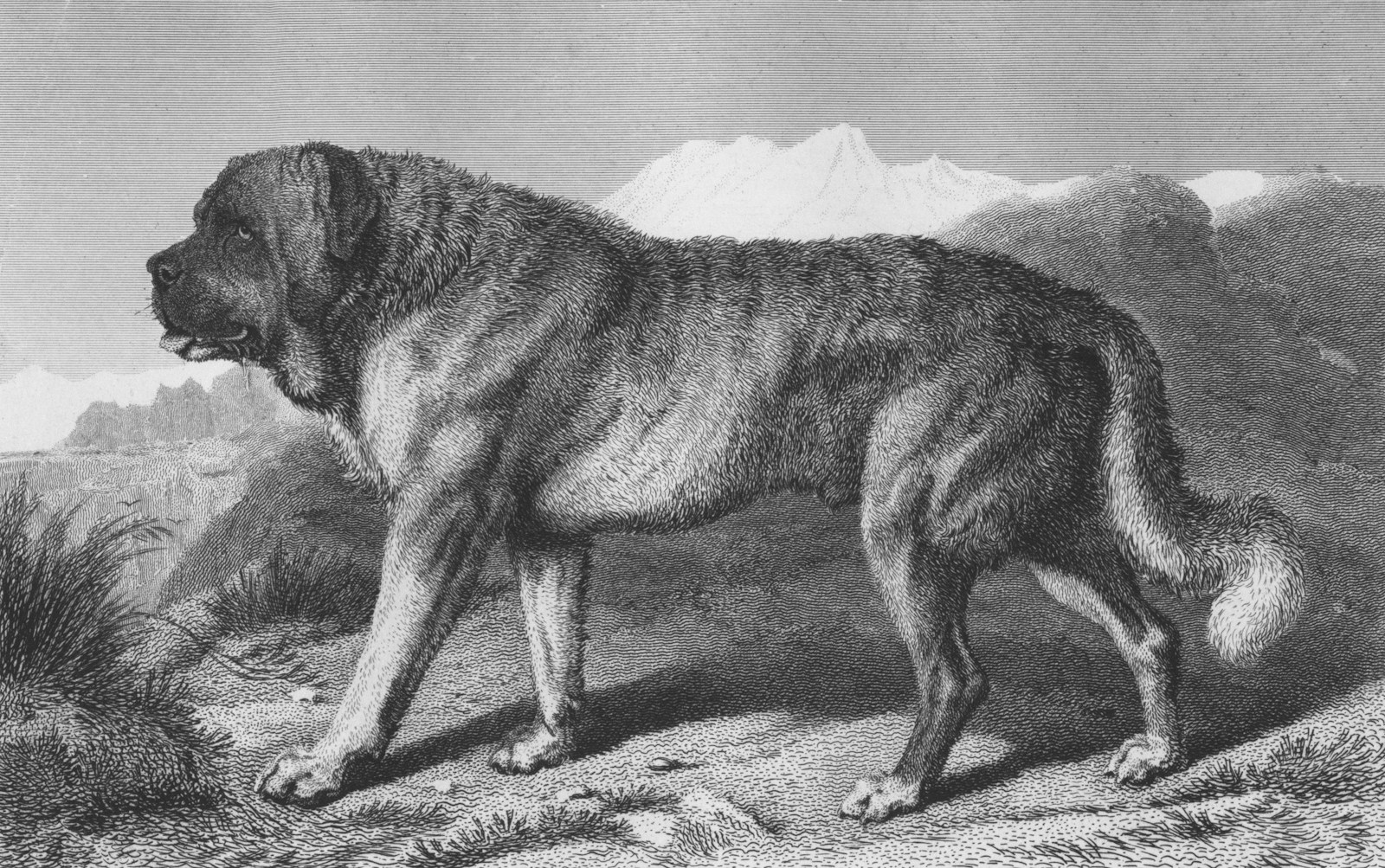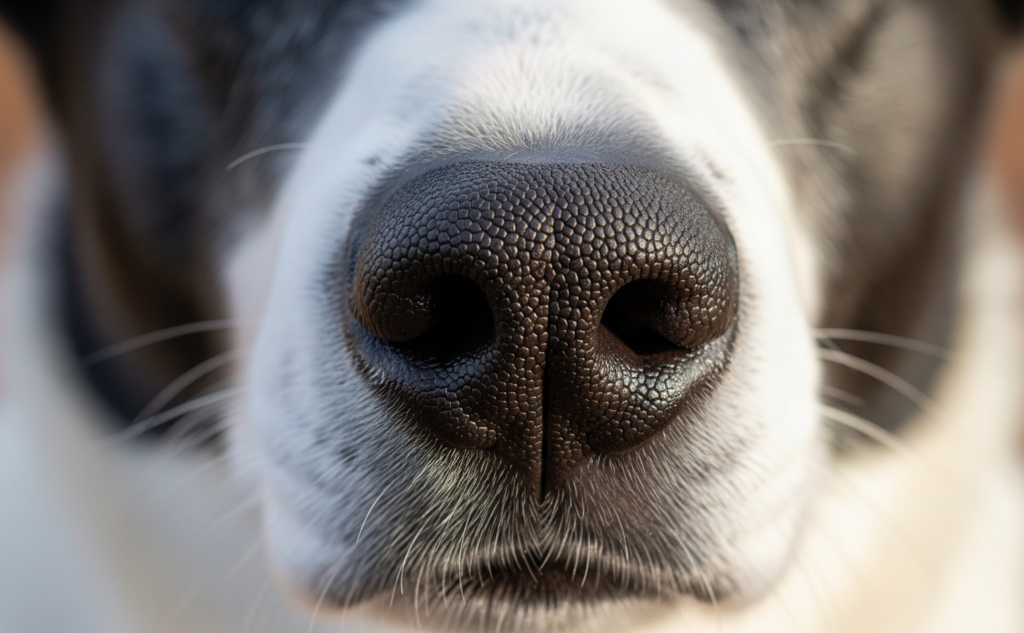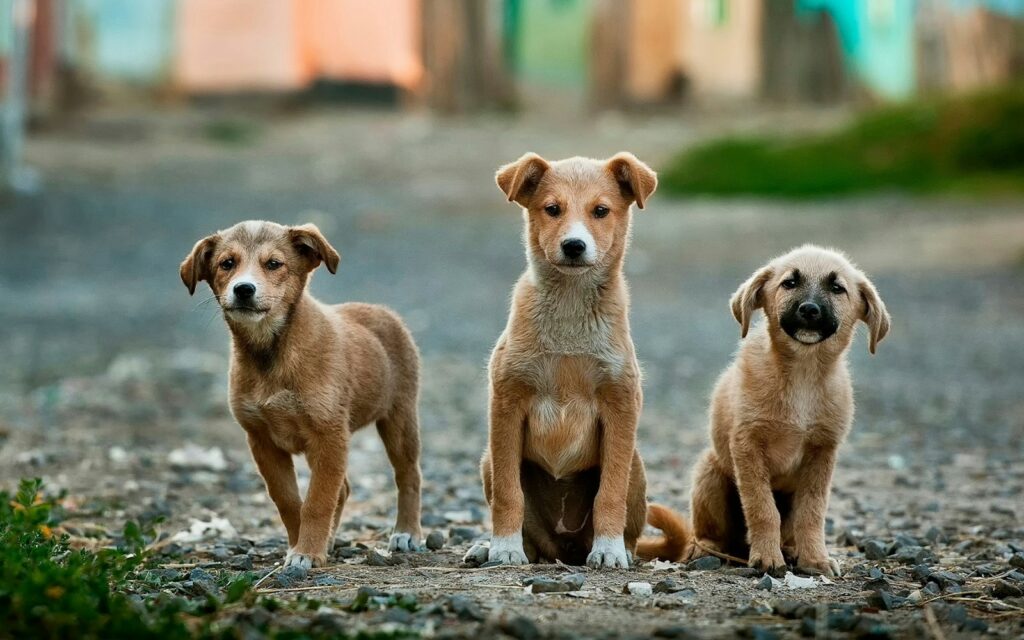The stray dog issue in Delhi-NCR is causing a lot of frustration. It is a hard debate that puts the safety of people against a desire to be kind to animals. There is no easy answer.
The problem got bigger on August 11, when the Supreme Court ordered all stray dogs in Delhi and NCR to be taken away and relocated to shelters. This made sense to people who have been afraid of dogs. But as soon as the order was out, many people were angry. Protests started, with people saying the order was cruel and went against Animal Birth Control (ABC) rules, which require sterilized dogs to be returned to their areas. This shows a clear divide between a top-down rule and what people feel on the streets.
Then the legal case took a new turn. On August 14, a new bench of the Supreme Court looked at the issue. They said the local officials had not acted on the problem before. This shows that the issue is not simple. It is a clear situation where no one has a good solution for a problem that has gone on for a long time.
And the real dangers of this issue were made very clear a few days ago. A 4-year-old girl in Karnataka died from rabies after a dog bite. Her story is a sad reminder that this is about life and death. It forces both sides of the argument to look at the serious dangers that are there. The whole situation teaches us that our rules and our feelings are often not in agreement, and it is hard to find a middle ground.
To understand this complex situation, it helps to look at our relationship with dogs through history. This isn’t a new conflict; it’s one that has evolved over thousands of years.
From Wolves to Friends: The 40,000-Year Bond
The deep connection between humans and dogs is ancient. Scientific evidence suggests that dogs diverged from now-extinct wolves around 27,000–40,000 years ago, likely before or during the Last Glacial Maximum. This makes them one of the first animals to be domesticated by humans.

The journey of our relationship is a long one. Research even indicates that dogs may have been domesticated independently in both Europe and Asia, and as humans moved and spread, so did their canine partners, leading to a genetic mixing that shaped the diverse dog populations we see today.
This historical partnership wasn’t just about coexistence; it was a journey of shared roles that shaped our civilizations.
A Journey Through Roles – How Dogs Shaped Civilization
From the start, dogs were valuable partners. They helped humans hunt game and protected their camps from threats. This led them to evolve into indispensable partners across cultures, moving from simple hunters to guardians and eventually to cherished companions.
This relationship was built on a simple exchange: dogs offered protection, helped hunt, and gave us companionship. In return, humans provided them with food, shelter, and affection. This trade created a bond that has lasted for thousands of years, a partnership built on mutual benefit and loyalty.
Beyond their roles in our history, dogs are also remarkable creatures with unique abilities that continue to fascinate us.
Amazing Facts About Dogs You Probably Didn’t Know
Dogs are more than just loyal companions; they are extraordinary creatures. They analyze scent with up to 300 million olfactory receptors—far more than humans. Each dog has a unique nose print, just like human fingerprints, which can be used for identification.

Beyond these physical traits, dogs can detect diseases, track time, dream during REM sleep, and some breeds can even understand over 1,000 words. Their bodies also have unique quirks—their paws sweat, they have three eyelids, and their tail wagging can signal a range of emotions depending on its speed and position.
The current situation we face in Delhi-NCR brings us back to this fundamental connection, but also highlights a modern conflict.
The Modern Struggle: Safety vs Compassion
The current situation is a sharp contrast to our shared history. Once revered protectors and helpers, many dogs now live as strays, caught in a modern dilemma between human conflict and compassion. The very animals that were our first partners are now at the center of a difficult debate. This brings us to the core of the issue: Animal Birth Control (ABC) versus top-down removal. ABC is a humane way to manage stray populations, aiming to sterilize and vaccinate dogs before returning them to their areas. This method is meant to control the population without cruelty.
However, the recent removal order disrupts this careful balance, sparking protests. The conflict shows a disconnect between our history with dogs and the current crisis, where rules and feelings are clashing, leaving us to search for a middle ground that respects both human safety and our ancient bond with these animals.
Finally,
Looking back at our long history with dogs, it’s clear we have a bond built on trust and partnership. It’s a story thousands of years old. But today, in Delhi-NCR, that story feels like it’s being tested. We’re caught between public safety and our basic desire to be kind to animals. This crisis makes us ask a hard question: Can we find a solution that works for everyone, a solution that is both effective and humane? It’s not an easy answer, because we’re not just dealing with a public problem—we’re facing a choice that shows our values and our sense of responsibility to a species that has been by our side for as long as we can remember.
